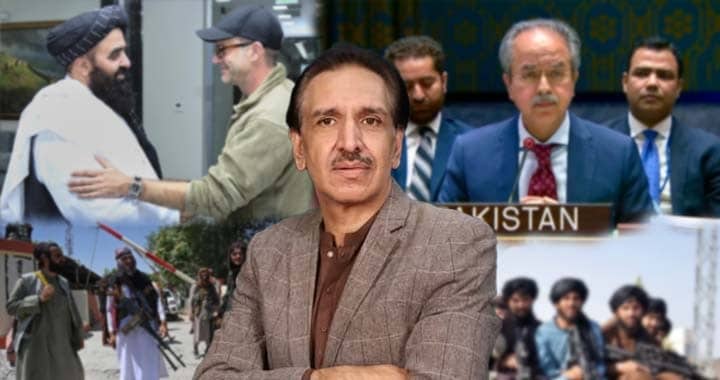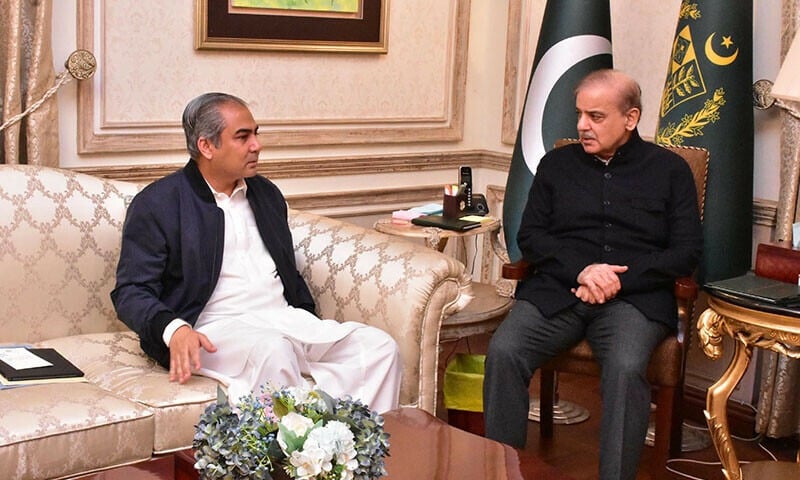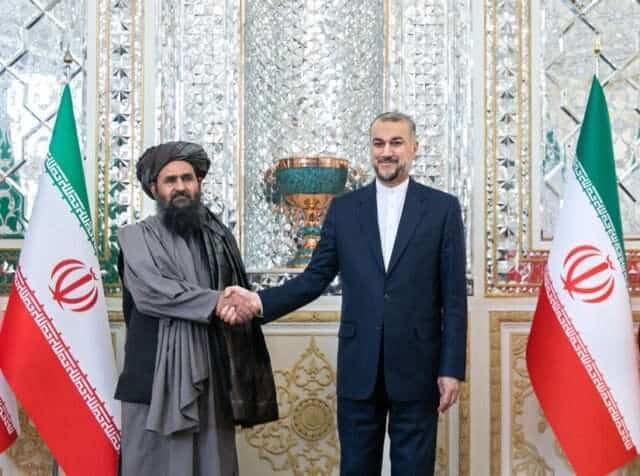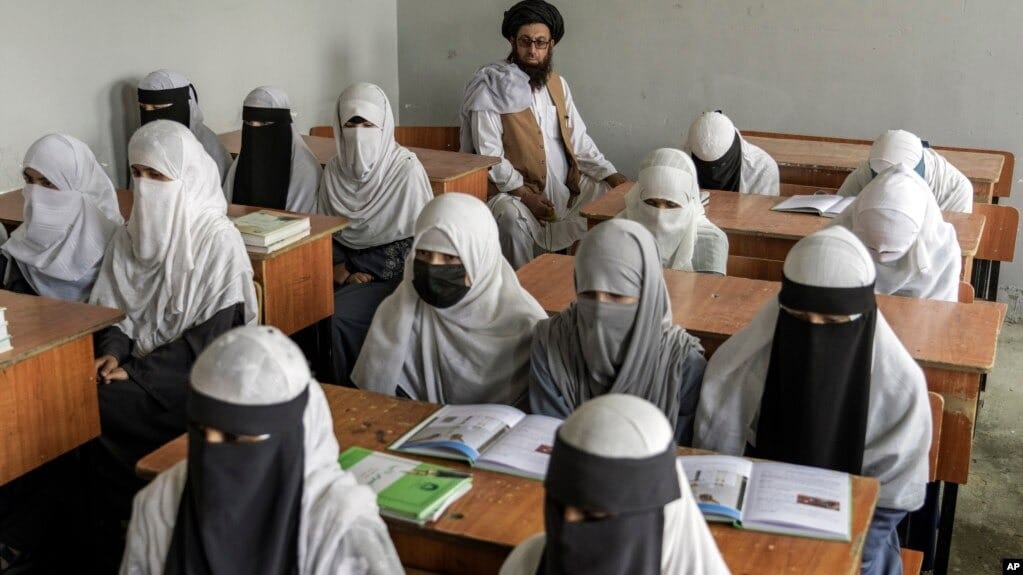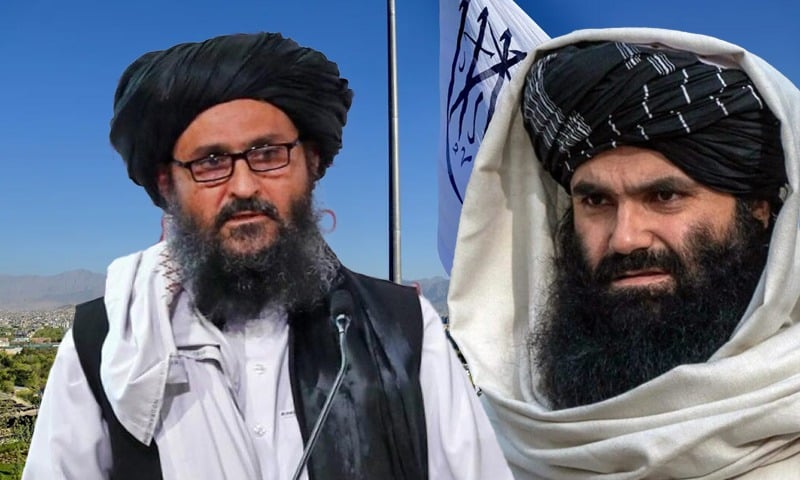Aqeel Yousafzai
Pakistan’s recent move to present concrete evidence at the United Nations regarding more than 60 active terrorist camps inside Afghanistan has reignited a debate that is neither new nor unfamiliar to policymakers in Islamabad. For years, Pakistan has insisted that Afghan soil is being used as a launching pad for cross-border terrorism targeting Balochistan, Khyber Pakhtunkhwa, and beyond. The question now is whether the Taliban regime will take decisive action to dismantle these groups or continue to tolerate, and in some cases facilitate, their operations.
The facts on the ground are grim. Independent reports, including those by the United Nations itself and U.S. intelligence assessments, have confirmed the presence of over 20 internationally connected militant groups entrenched across Afghanistan. These include Al-Qaeda, the outlawed Tehreek-e-Taliban Pakistan (TTP), the Islamic State of Khorasan Province (ISKP), Uzbek factions, and the Baloch insurgent wings such as the BLA and Majid Brigade. The consolidation of these outfits in provinces bordering Pakistan Nuristan, Paktia, Paktika, Khost, and Nangarhar has made cross-border infiltration easier and deadlier. Nuristan in particular has become a hub, as reflected in the wave of recent attacks in Chitral.
It is not as if Pakistan has refrained from engaging Kabul. Since the Taliban takeover in August 2021, Islamabad has dispatched multiple delegations to Afghanistan, seeking a negotiated settlement to this threat. Another visit is reportedly imminent, though the tone has hardened Afghan diplomats have already been summoned and handed stern messages. Chinese interlocutors, too, have privately advised restraint, underscoring the regional dimensions of the crisis. Yet, the Taliban’s reluctance to act against the TTP and its affiliates reveals a policy dilemma: are they shielding these groups deliberately, or are they unable to curb them due to structural weaknesses?
The Taliban’s position may be explained by two competing theories. The first suggests that they employ the TTP as a strategic lever against Pakistan. The second, perhaps more plausible, is that they are paralyzed by internal divisions and lack the capacity to uproot powerful militant actors entrenched for decades. Either way, the result is the same Pakistan continues to face the brunt of relentless terrorist attacks emanating from Afghan sanctuaries.
Recent developments underscore the growing threat. Reports indicate that Al-Qaeda’s operational leader, Ishaq al-Adil, has relocated to Afghanistan, bringing with him hundreds of seasoned fighters from conflict zones across the Muslim world. Such a consolidation significantly enhances the capabilities of these networks. The outlawed TTP remains the most organized anti-Pakistan militant faction, coordinating with other groups to launch attacks inside Pakistan. In response, Pakistani forces have stepped up counterterrorism operations. Just last week, more than 50 militants were killed in Khyber Pakhtunkhwa and Balochistan, with several high-value commanders neutralized. Yet the flow of fighters across the border persists.
The international community cannot afford to remain passive. Pakistan’s evidence at the UN is not merely a domestic grievance; it points to a wider threat of Afghanistan once again becoming a safe haven for global jihadist outfits. This is not hypothetical. The presence of ISKP, Al-Qaeda, and affiliated Uzbek and Tajik groups represents a direct security challenge for Central Asia, the Gulf states, China, Russia, and the West alike. If unchecked, Afghanistan risks reverting to its pre-9/11 role as the epicenter of transnational terrorism.
It is here that the United Nations faces its own credibility test. Can the global body persuade the Taliban to abandon their policy of tolerating militant groups? Or is such a demand detached from ground realities, given the Taliban’s ideological affinities and political weaknesses? The early indications are discouraging. While the Taliban have made symbolic promises in the past, their actions suggest either complicity or helplessness.
Pakistan, meanwhile, finds itself at a crossroads. Diplomatic engagement remains essential, but Islamabad cannot rely on words alone. The country must explore a combination of strategies: targeted cross-border operations where necessary, regional security coordination with China, Iran, and Central Asian republics, and continued international lobbying to isolate militant safe havens. Pakistan today enjoys significant diplomatic traction—its deepening ties with Saudi Arabia, Qatar, and China have strengthened its regional clout. This should be leveraged to build a broader coalition that pressures the Taliban regime into compliance.
At the same time, Islamabad must prepare for a harsher reality: that the Afghan Taliban may never fully sever ties with groups like the TTP. If that proves true, then Pakistan’s policy must adapt to a framework that treats Afghanistan not only as a neighbor in crisis but also as a primary source of ongoing security threats.
The re-emergence of figures like Zalmay Khalilzad, lobbying in Washington and maneuvering within Afghan political circles, further complicates the landscape. Khalilzad’s controversial legacy as the architect of the Doha process and his perceived hostility towards Pakistan make him a divisive actor. His renewed activism suggests that Afghanistan’s political trajectory will remain contested, influenced by both internal rivalries and external agendas.
Ultimately, the core issue is straightforward: Afghanistan today hosts more than 30 armed groups, with their numbers and capabilities expanding. The Taliban’s inability or unwillingness to neutralize them leaves Pakistan and the wider world exposed. The international community must decide whether to confront this threat decisively or allow Afghanistan to slide deeper into its role as a sanctuary for militants. For Pakistan, the path forward is equally stark: continue to engage diplomatically, but be ready for a sustained security response if words do not translate into action.

